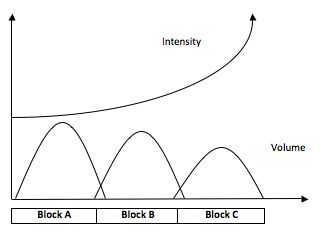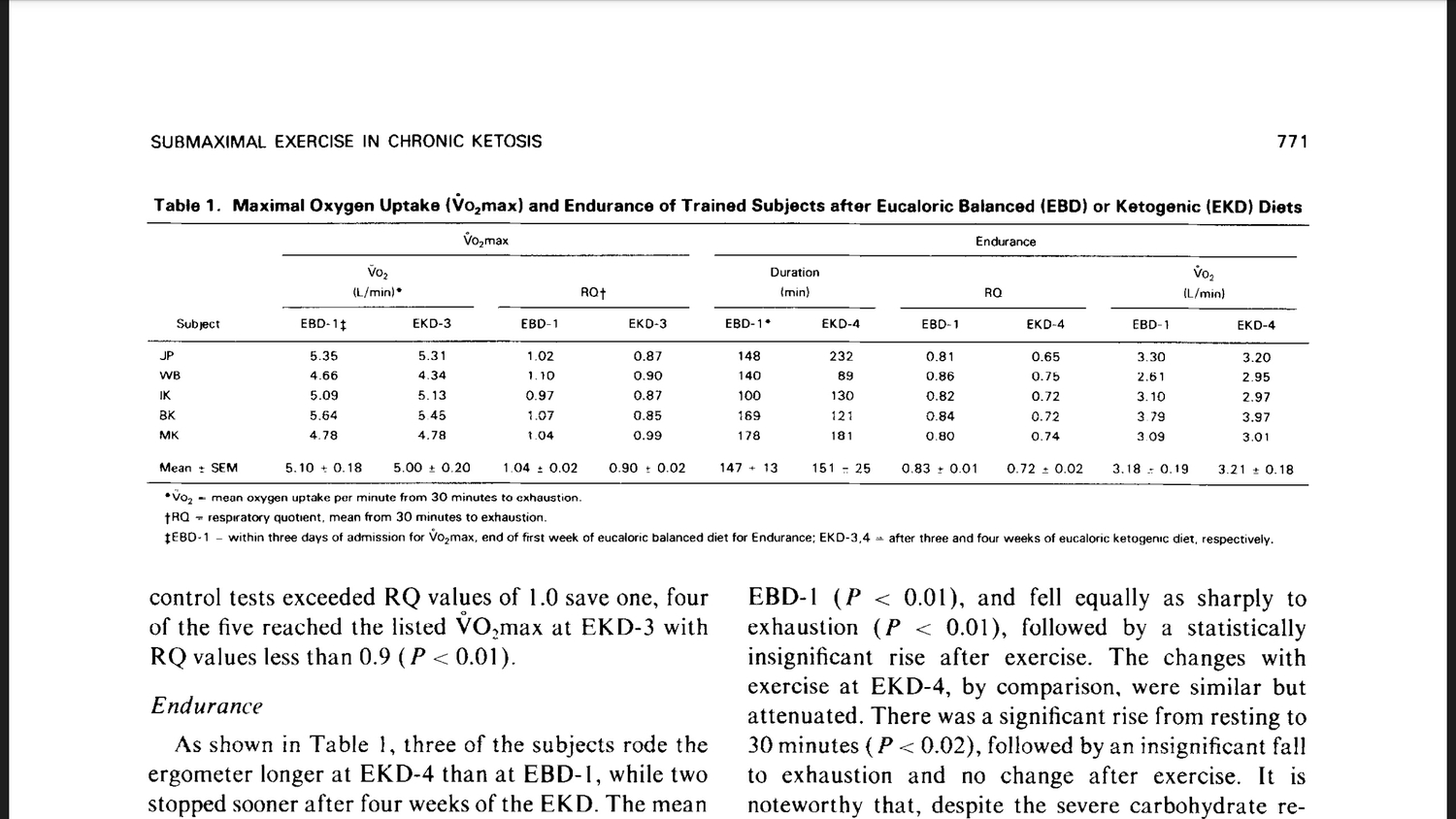
Yesterday I was chatting to my brother, who himself happens to be a Head Coach and manager with the North Dublin Schoolboy League in Soccer, during a training session and he asked “Why do we always do weightlifting as a means of training?” To which I immediately answered “because its the best way to train for what we’re looking for”, the “what” in question being an improvement in physique and overall health (which for men generally means a slimmer waistline, bigger arms and chest and that coveted V shape, and, in terms of improved health, being able to climb the stairs and run for the bus, or, for the older males, being able to play with kids and grandkids, all without feeling like our hearts are gonna explode!).
“But you’ve become obsessed with bodybuilding”, he claims, ” What about Cardio? Why not throw some High Intensity Interval Training or circuits into your programs?”
“Well there’s a couple of reasons” I reply, “Firstly, you can similar cardiovascular benefits from resistance training as purely cardiovascular training including a stronger heart and improved blood pressure (Fleck, 1988), secondly, high intensity interval training is mentally very challenging for new clients compared to resistance training and can cause quite a lot of drop outs in my experience, thirdly repeated endurance or cardiovascular training can interfere with muscle growth on a metabolic and physiological level (Coffey et Hawley, 2007),which, for most of my clients is the primary goal of their training and finally its simply the fastest and most efficient way of achieving the goals were looking for.”
Now, don’t get me wrong! I’m not Anti-Cardio In any sense of the word. I spent 11 years competing in Boxing. So I know just how vital good cardiovascular conditioning is. And for my clients who are athletes I make sure to include Cardio Conditioning into their programs. But most of my clients aren’t looking to break a 4 minute mile or go 3 rounds with an opponent for a championship belt. So why subject them to unnecessarily difficult cardio training if they don’t need to reach any more than a basic level of conditioning?
But it got me thinking about training programs. Which should take precedence Variety or a Consistent, focused program?
Now, when I talk about variety, I’m not just talking about a slight change in training focus, as happens in Periodization regularly and hence is constantly utilized in my programs (hell, when my brother and I had our conversation we were just coming off a Hypertrophy (Muscle Growth) phase of training and heading into a Maximum Strength (Pure Strength) phase of training) I’m referring to varying the training methods to such a degree that both a different method is being used and a different, relatively unrelated, fitness quality is being trained, e.g. doing resistance training on Monday, an long steady jog Wednesday and some Yoga on Friday. In that case completely different body systems and muscle qualities are being trained. This type of training is called Complex or Concurrent Training (Training with many focuses) by some. With a consistent and focused program, the client would focus on one fitness quality to improve, e.g. Increased Muscle Mass. So a training program would focus purely on improving that one quality, i.e. Hypertrophy based resistance training on Monday, Hypertrophy based Resistance training on Wednesday, and Hypertrophy based Resistance Training on Friday.
So, should we prioritize variety or consistency?
As with every question, the best answer is usually started with “It depends”.
In terms of ordinary clients with the goals of increasing overall health and physique and don’t have a very extensive training background, varying the training, and how much you decide to vary it, really depends on how quickly they want to achieve their goals, as a consistent and focused program will help them achieve greater muscle mass faster than a highly varied program (Verkhoshansky et. Siff, 2006), however both types of programs will help them achieve better overall health and quality of life. The highly varied program could also help their long term adherence to exercise and prevent mental burnout or boredom, although mixing heavy resistance training with high intensity interval training can increase the risk of overtraining if not carefully programmed.
For Athletes, however, the rules change. Consistency, in my opinion at least, is king for all athletes except the beginner athlete with a nearly nonexistent training history. This is because when programming an athletes training, he or she is generally coming to you because there is a specific fitness quality they are lacking. And so it is your job to improve that fitness quality, usually as fast as possible, before their next competition. And so a focused, consistent program with limited (notice how I didn’t say none) variation is recommended. Variation would be reserved for the maintainance of fitness qualities already achieved in a previous training period, i.e. one jog every 1-2 weeks to maintain aerobic fitness, or for recovery, i.e. 1-2 active recovery sessions outside of rest days to aid recovery and development.
For Athletes, however, the rules change. As is usually the case. Unless an Athlete is a relative novice with limited training history, I would recommend keeping variety to a minimum.
When an athlete comes to me, it is usually because he or she is lacking a certain fitness quality.And so it is my job to improve that fitness quality, usually as quickly as possible, before their next competition . Now, if that athlete has multiple fitness qualities that need improvement, I will create a carefully planned program in which a certain time period will be allocated to developing each fitness quality over a long period, but session to session, or even weekly variation in training will be kept low (notice how I said low instead of nonexistent) with variation being kept for either maintaining a previously developed fitness quality, i.e. doing one running session every 1-2 weeks to maintain aerobic capacity, or for recovery, i.e.including 1-2 low intensity active recovery sessions per week during a high intensity cycle of training. Other than that, each training plan is kept as focused and consistent as possible. The same can be said for training clients whose progress has stagnated, along with a possible increase in intensity.
What are your thoughts on Variety and Consistency in training?
Let me know in the comments section below. And don’t forget to subscribe and like us on faceboom for more interesting information and resources on health and fitness.
Until next time,
Stay Fit,
Richie
References:
Supertraining, 6th Edition by Yuri Verkhoshansky and Mel C. Siff, 2006
Molecular Bases of Training Adaptation by V. Coffey and J. Hawley, 2007
Cardiovascular adaptations to Resistance Training by S. Fleck, 1988































